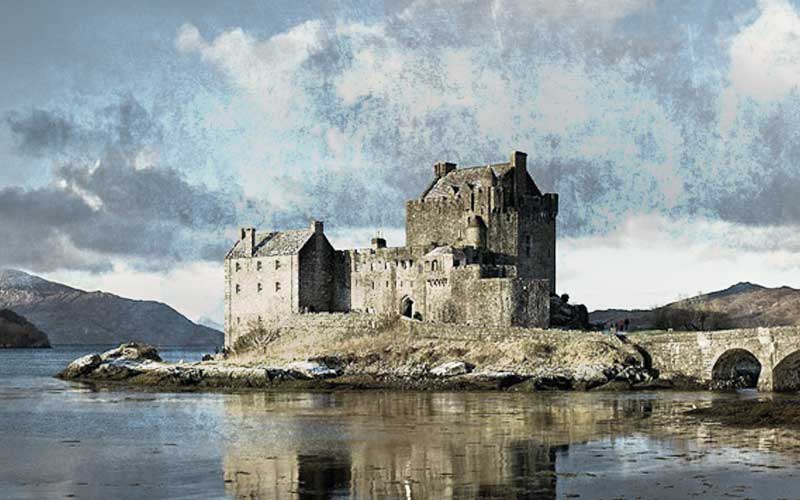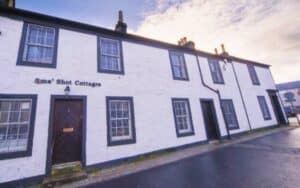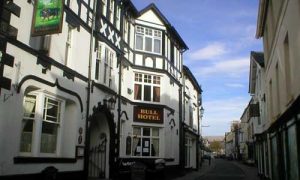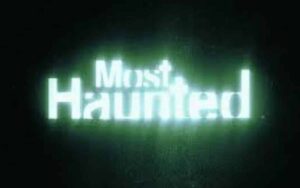Scottish paranormal investigator DAVID BARRETT shares his top five locations to visit in search of ghostly activity in Scotland

Gilmerton Cove, Drum Street, Gilmerton, near Edinburgh
Gilmerton Cove is an array of passageways and open rooms below the town of Gilmerton near Edinburgh. There are many possible theories as to what it was used for, including a smugglers’ den, a men’s drinking den, a Covenanters’ refuge and Knights Templar hide out. Many spirits lurk in the caves. People report seeing the apparitions of children as well as Knights Templar hiding in the cove. There have also been reports of witnesses hearing voices calling out “Help me!”, or shouting, “Get out!” Other visitors report unexplainable smells, such as that of bread baking.
Craignethan Castle, Kirkmuirhill, Lanarkshire
Built in the Clyde Valley, Craignethan Castle dates from around 1530. The castle is regarded as a shining example of an advanced artillery stronghold. On the eve of the Battle of Langside, Mary Queen of Scots is believed have spent the night at the castle and her headless body has reportedly been seen wondering the castle grounds. A figure has been spotted dressed in historical costume, which looks realistic for visitors to assume it is a costumed member of staff that only for the figure to vanish mysteriously.
Read article: What makes a top location for a Halloween ghost hunt?
Hermitage Castle, Newcastleton, near Hawick
Near Hawick in the Scottish Borders lies Hermitage Castle, which was built around 1240. After the Union of the Crown in 1603,s the castle fell in to disrepair. Several ghost supposedly reside at the castle including Mary Queen of Scots. In 1566, Mary rode from Jedburgh to Hermitage when news reached her that her lover, the Earl of Bothwell, was injured. A lady in a white dress is often seen and is thought to be Mary. The apparitions of soldiers, as well as figures at the windows are seen often.
Eilean Donan Castle, Dornie, Kyle of Lochalsh
Dating back to the 13th century, Eilean Donan castle was built where three sea lochs meet in the Highlands of Scotland. It is reported that Robert the Bruce stayed here from 1306 to 1307, although the castle was not involved in the Wars of Independence and it was also a stronghold for the Jacobites during the 17th and 18th centuries. Â Forty-six Spanish soldiers supporting the Jacobite cause were garrisoned at the castle and were killed there during the 1719 Uprising. One spirit it that is often seen is believed to be one of these soldiers – he is spotted in the gift shop with his head under his arm. A female apparition is also seen wandering the bedrooms.
Drummossie Moor, Culloden
The final Jacobite Uprising ended on the 16th of April 1746 at the Culloden battlefield. In the last battle on British soil, the Jacobites, who were looking to get the Stewart monarchs back to the British throne took on the Duke of Cumberland’s troops. In less than an hour, 1,500 men – of which more than 1,000 were Jacobites – died. On the anniversary of the Battle, the ghosts of several soldiers are said to walk and the noise of the battle can be heard. The apparition of a tall man wearing tartan has been seen in the field and can be heard uttering one word, “defeated”.
David’s first book, “My Life As A Scottish Paranormal Investigator“, recounting his adventures investigating haunted locations from Scotland to Transylvania, is available now on Amazon.





